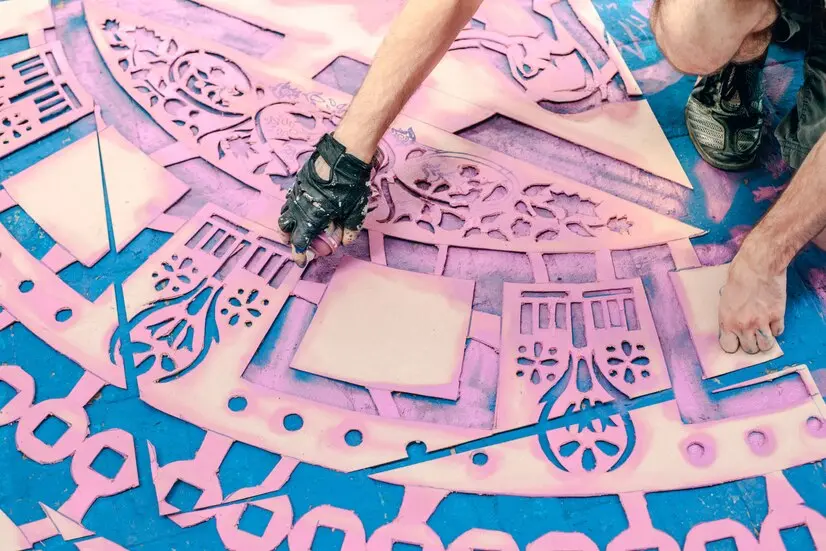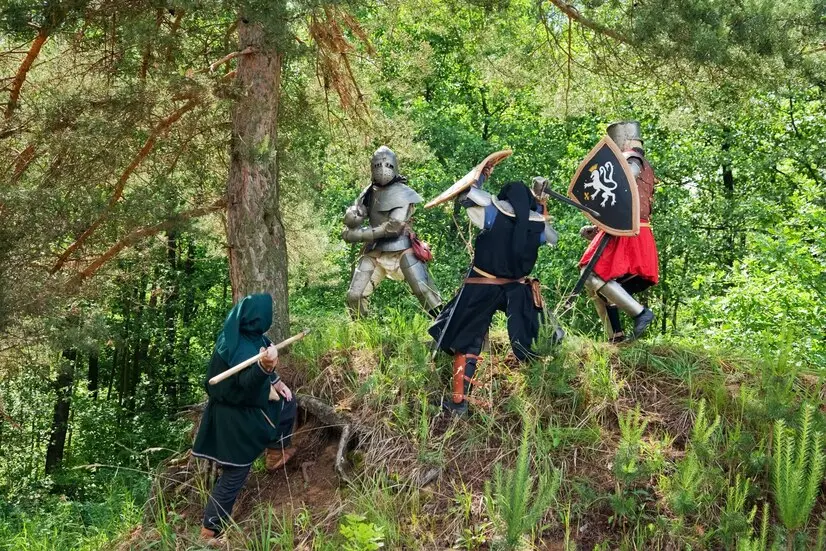Artofzio: The Ultimate AI-Powered Digital Art and Creative Platform
Artificial Intelligence is transforming creative industries, and Artofzio stands at the forefront of this revolution. As a cutting-edge AI-driven platform, Artofzio combines digital art creation, content generation, community collaboration, and an NFT marketplace — all in one seamless ecosystem. Whether you’re an artist, marketer, or content creator, Artofzio offers tools to empower your creativity, boost […]
Artofzio: The Ultimate AI-Powered Digital Art and Creative Platform Read More »



